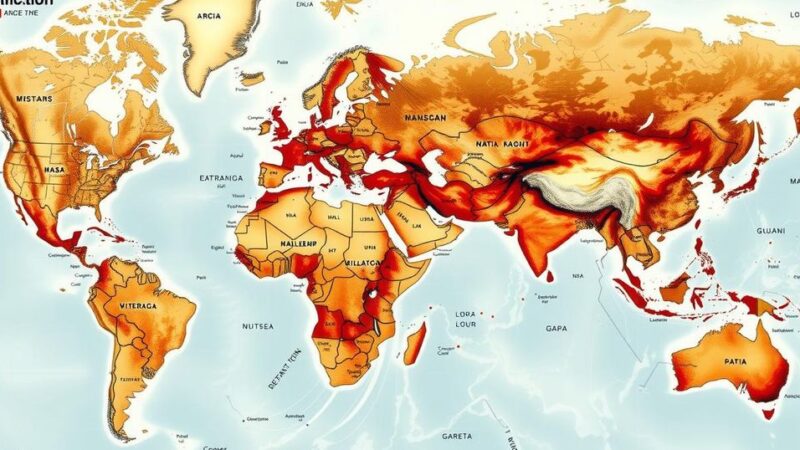The once-promising Gaza ceasefire has disintegrated due to failed negotiations with Hamas, leading to renewed Israeli airstrikes and increasing casualties. Concurrently, the US has conducted airstrikes against Iranian-backed Houthi rebels in Yemen, signaling its strategy to counter Iran and bolster regional allies amid escalating tensions. The situation is indicative of deeper geopolitical challenges and reflects on the broader implications for peace efforts in the Middle East.
Recently, the Gaza ceasefire that involved negotiations with Hamas has collapsed, leading to a significant increase in violence. Following the breakdown in talks, Israel ceased all humanitarian aid to Gaza and subsequently launched extensive airstrikes, resulting in the deaths of over 400 individuals. This development marks the end of the ceasefire initially brokered with the assistance of former President Donald Trump, indicating a return to open conflict in the region.
The collapse of the Gaza ceasefire and the United States’ airstrikes in Yemen reflect the complexities of Middle Eastern geopolitics, particularly amidst the backdrop of negotiations surrounding Iran’s nuclear program. As Israel intensifies its military campaign and tensions with Iran escalate, the pathway to stability appears increasingly fraught. Moving forward, the interplay between military actions and diplomatic endeavors will be crucial for future developments in the region, especially regarding potential new negotiations surrounding Iran’s nuclear ambitions.
Original Source: theconversation.com






